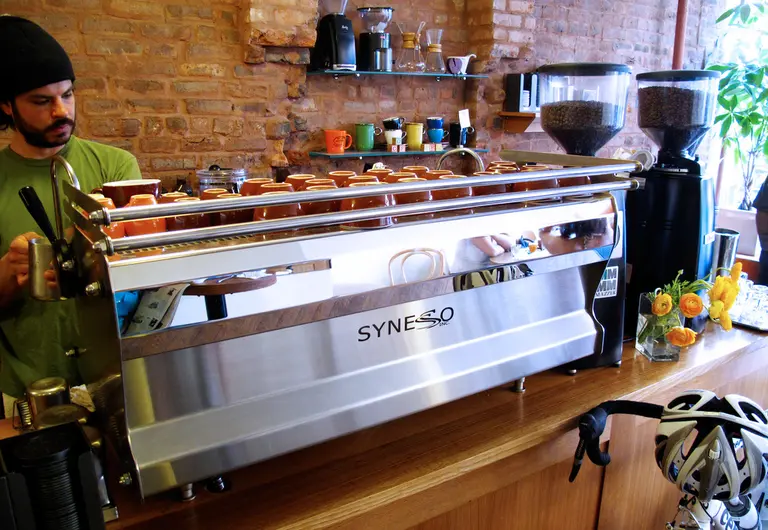October 2, 2014
Before there were sports bars and college dorms, there were bratwurst and shooting clubs. In 1855, New York had the third largest German-speaking population in the world, outside of Vienna and Berlin, and the majority of these immigrants settled in what is today the heart of the East Village.
Known as "Little Germany" or Kleindeutschland (or Dutchtown by the Irish), the area comprised roughly 400 blocks, with Tompkins Square Park at the center. Avenue B was called German Broadway and was the main commercial artery of the neighborhood. Every building along the avenue followed a similar pattern--workshop in the basement, retail store on the first floor, and markets along the partly roofed sidewalk. Thousands of beer halls, oyster saloons, and grocery stores lined Avenue A, and the Bowery, the western terminus of Little Germany, was filled with theaters.
The bustling neighborhood began to lose its German residents in the late nineteenth century when Jewish immigrants from Eastern Europe move in, and a horrific disaster in 1904 sealed the community's fate.
Read our full history of Kleindeutschland

